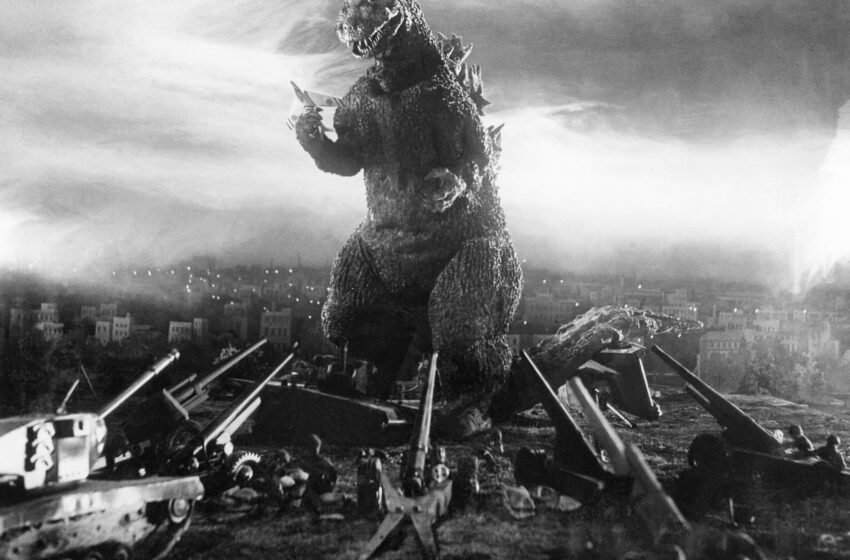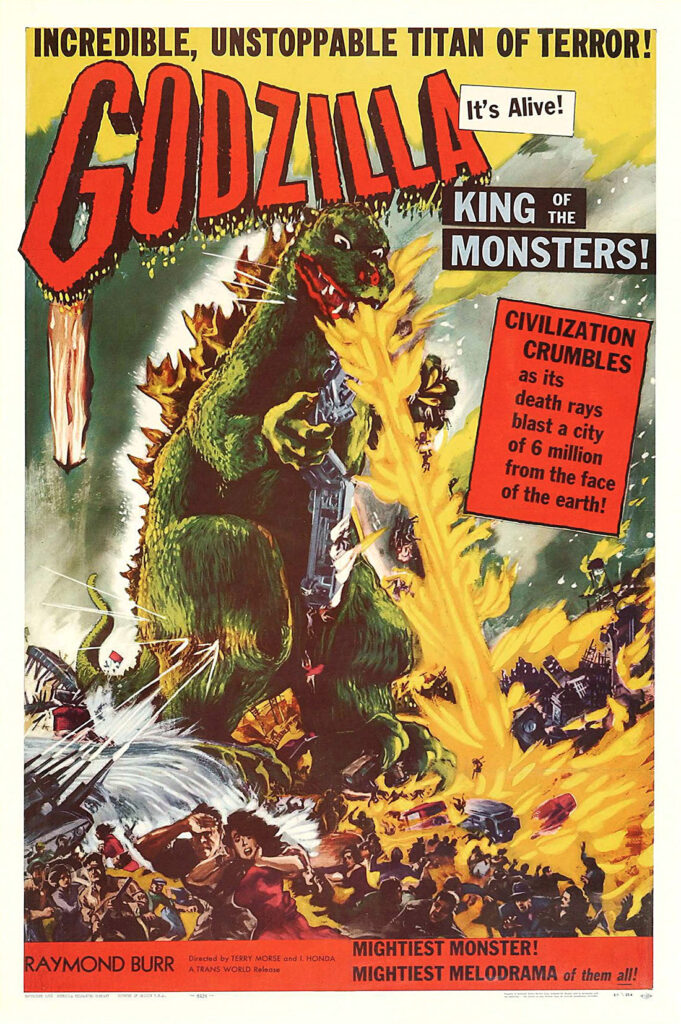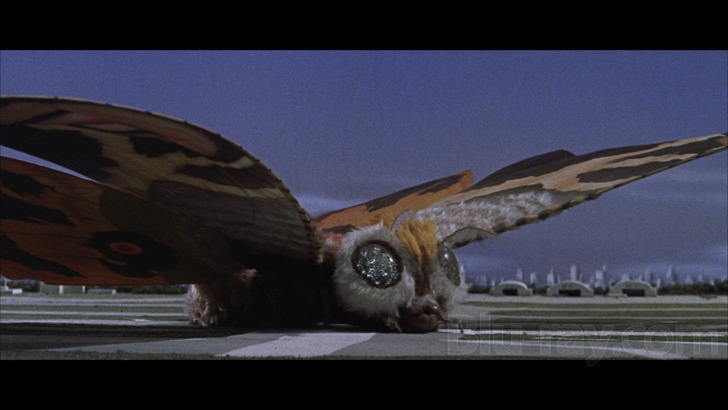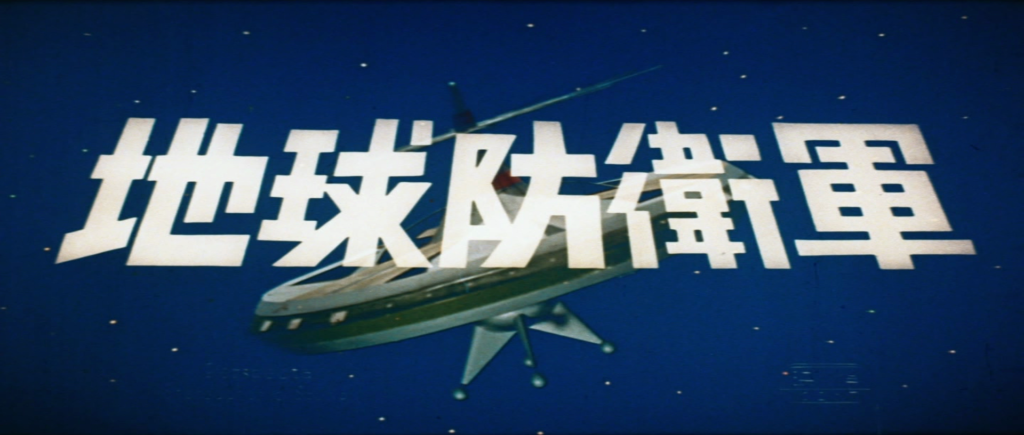
Godzilla (1954) – Kaiju Beginning – Film Review

“Godzilla” – a name that reverberates with the heavy steps of an icon, a beast, a myth, and a celluloid marvel that stormed into the theaters in 1954 and in the process, planted the massive footprints of Kaiju films in the annals of cinematic history. Ishiro Honda directs this Japanese spectacle, unleashing not just a gargantuan monster, but also a nuanced flood of post-war commentary, fears, and the radioactive shadows that clouded the era.
Cinematic Genesis of a Monster
Embarking on a journey into the creative crypt of “Godzilla,” the film wasn’t merely an exhibition of monstrous roars and ruins. It encapsulated the psychological tremors of a nation grappling with the atomic aftermath of Hiroshima and Nagasaki. Godzilla, a monstrous incarnation of nuclear repercussions, symbolizes the fiery and radioactive spirits of a devastated landscape, breathing life into Japan’s collective fears and traumas.
Crafting the Colossal
Diving into the backstage oceans where the titanic tides of “Godzilla” were conjured, the making was as monumental as the monster itself. In an era devoid of the digital wands of CGI, the creators embarked on a path paved with innovative audacity. The “suitmation” technique, involving a human cloaked in a cumbersome Godzilla suit, navigating miniature sets, was a pioneering stroke. This technique became the soul of the film’s visual odyssey, despite the back-breaking trials it demanded of the performer, Haruo Nakajima.
The suit itself was a monstrous feat, a hulking compilation of wires, bamboo, fabric, and latex, creating a grueling environment that transformed the performance into an arduous ballet of man against the monster’s anatomy. The miniaturized sets, the playground of Godzilla’s rage, were intricately designed theaters of authenticity, establishing an atmosphere that tangibly resonated with a realm under a titanic threat.
Soundscapes of the Apocalypse
The acoustic alchemy of “Godzilla” was a potent character in itself. The mighty roars, a symphony of eerie echoes, and raw reverberations, became a sonorous signature. Composer Akira Ifukube created auditory landscapes that moved from the operatic to the ominous, narrating the tales of destruction, despair, and defiance.
Cinematographic Conquests
Telling a tale where the protagonist is a colossal embodiment of chaos, the cinematography embraced the monstrous scales with a human touch. Shots varied from the towering terror of Godzilla’s rampages to the grounded grit of human agony and resistance. The visual storytelling subtly swings between the shadows of horror and the lights of resilience, crafting frames that are both expansive in spectacle and intimate in emotions.
Unleashing the Philosophical Beasts
Beyond the monstrous physique and the spectacular destruction, “Godzilla” nurtures a narrative terrain rich with philosophical and ethical contours. It explores humanity’s encounters with nuclear nemesis, and the moral maelstroms stirred by scientific pursuits. The film portrays the varied human responses, from martial aggressions to the somber reflections of scientists, unfolding a tapestry of varied societal mirrors reflecting the faces of conflict, ethics, and survival.
The Global Echo
“Godzilla” resonated beyond the Japanese archipelago, reverberating in the global cinematic arenas. It spawned an enduring legacy of Kaiju epics, cultivating a genre that celebrated the colossal, the creative, and the culturally reflective narratives. The film, while rooted in its original nuclear shadows, also evolved with time, exploring varied ecological, technological, and ethical battlegrounds.
Navigating the universe of “Godzilla” is not merely a monstrous expedition but rather an exploration of creativity, culture, and cinema. It’s a realm where the roars echo with history, the ruins are maps of stories, and the beast itself is a mighty metaphor sailing through the cinematic seas of imagination, innovation, and intrigue. “Godzilla” stands as a lighthouse in the oceans of filmography, guiding and inspiring the vessels of visionaries, storytellers, and dreamers.




